This Special Issue in Cytometry Part A reports the latest advances in approaches used to identify cancerous and/or metastatic tissues.
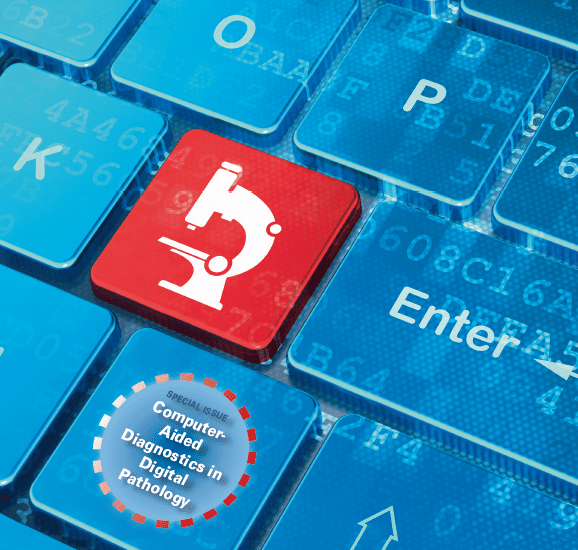

This Special Issue in Cytometry Part A reports the latest advances in approaches used to identify cancerous and/or metastatic tissues.

The action of a self-oscillating polymer gel controls the direction of fluid flow within a confined space using a system of polymer brush pentagons.
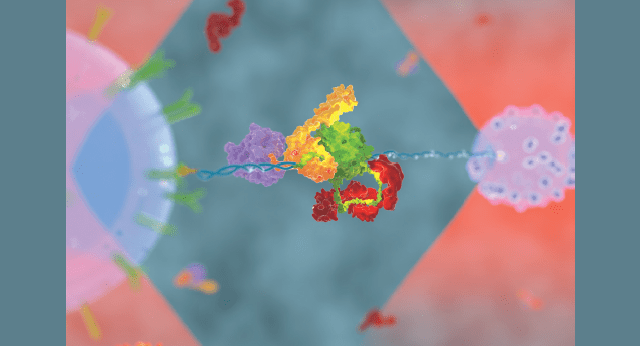
Protein Science has published a Special Issue on Molecular Machines guest edited by Carlos Bustamante from the Laboratory of Single Molecule Biophysics at UC Berkeley. Each living cell, whether prokaryotic or eukaryotic, is a microscopic but complex structure. Its...
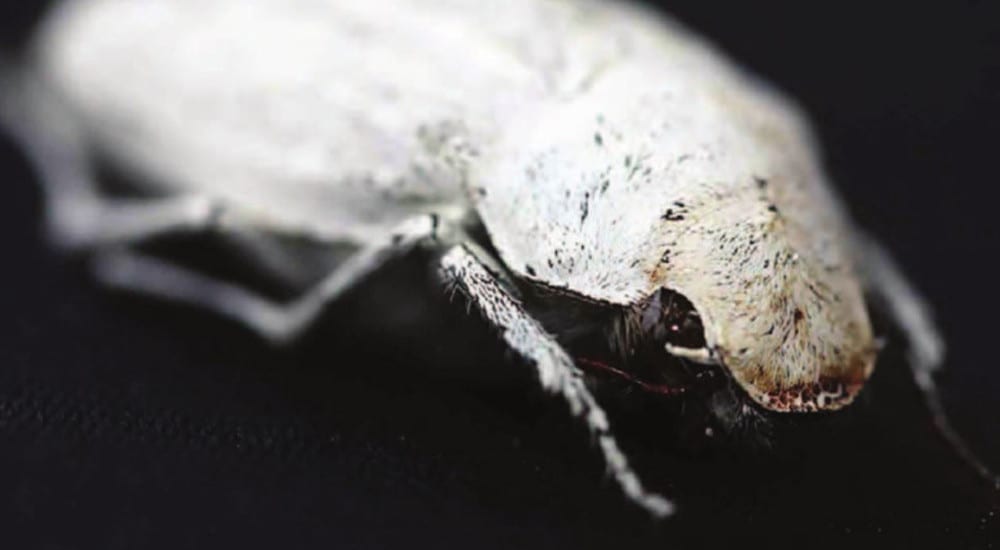
Researchers from Switzerland, Germany, UK and USA explore the local structure responsible for the vibrant white color of Cyphochilus beetles.
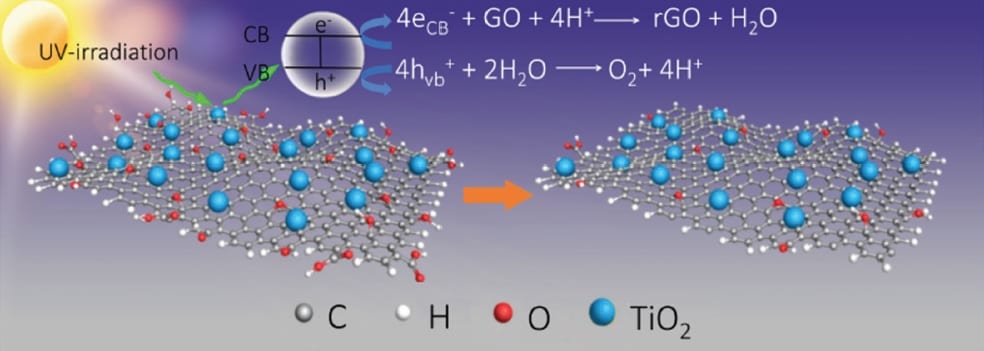
An easy, step-by-step filtration forms energy-storing membranes with good mechanical stability, taking the sandwiched form of rGO-TiO2/rGO/rGO-TiO2.
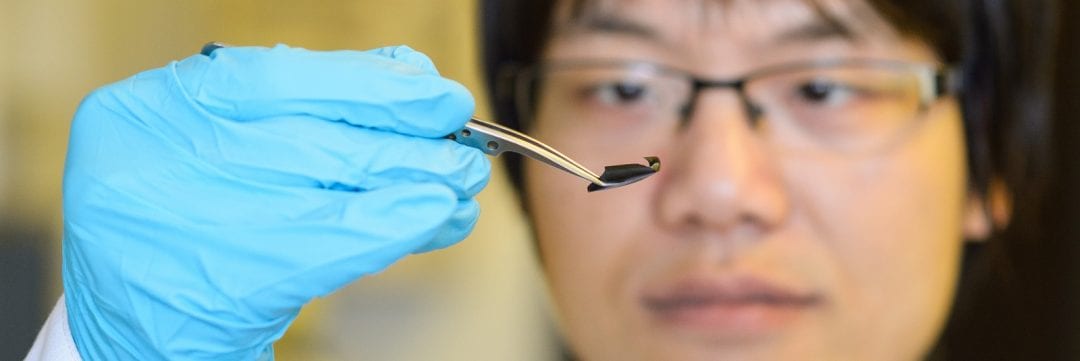
Physicists have developed a thin nanomaterial with superconducting properties. Below -200°C these materials conduct electricity without loss, levitate magnets and can screen magnetic fields.
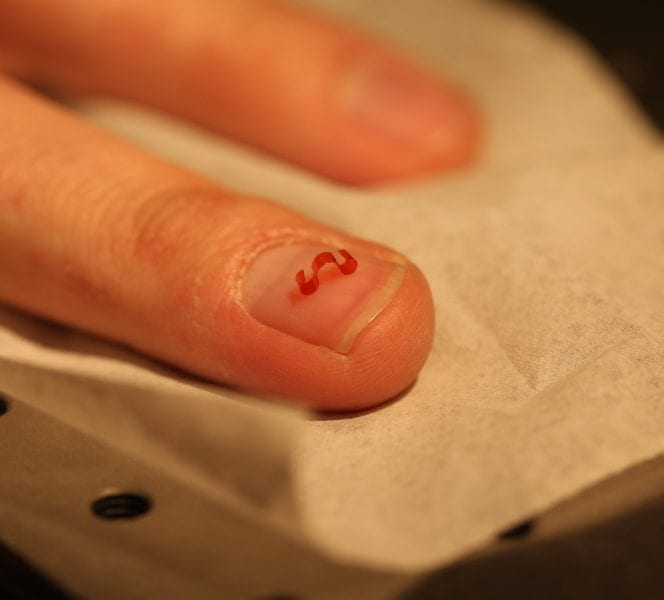
Researchers develop a liquid crystalline elastomer robot fueled completely by visible light. The robot is capable of biomimetic locomotion resembling a caterpillar and can be operated directly on human skin.
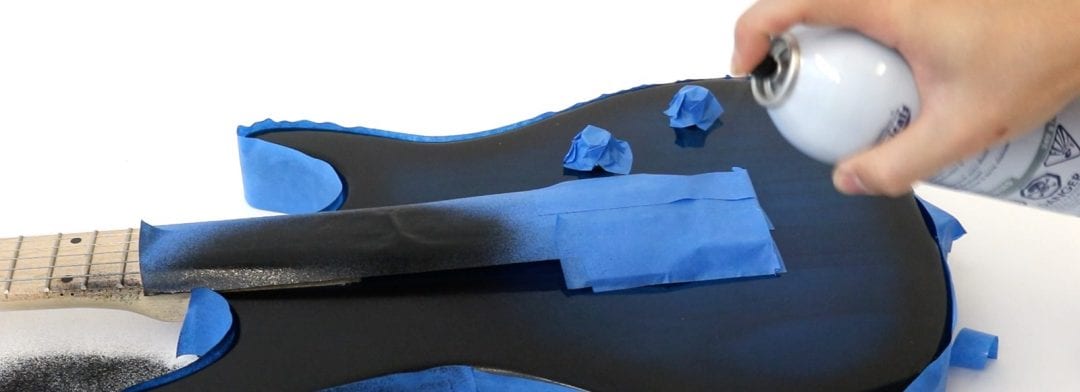
Researchers added low-cost touch sensing to objects of almost any shape.
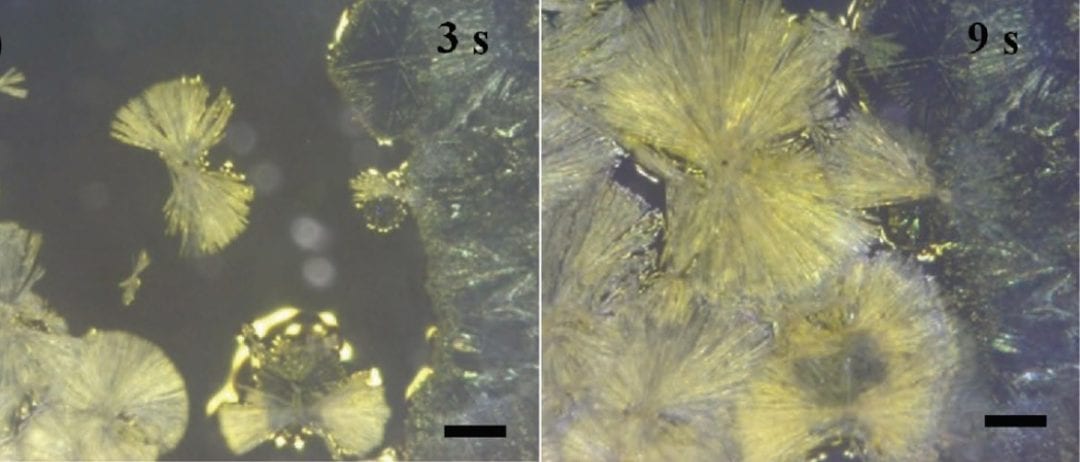
Perovskite-based photovoltaics are currently achieving PCEs of just over 22%. Here are some interesting highlights of recent perovskite research.
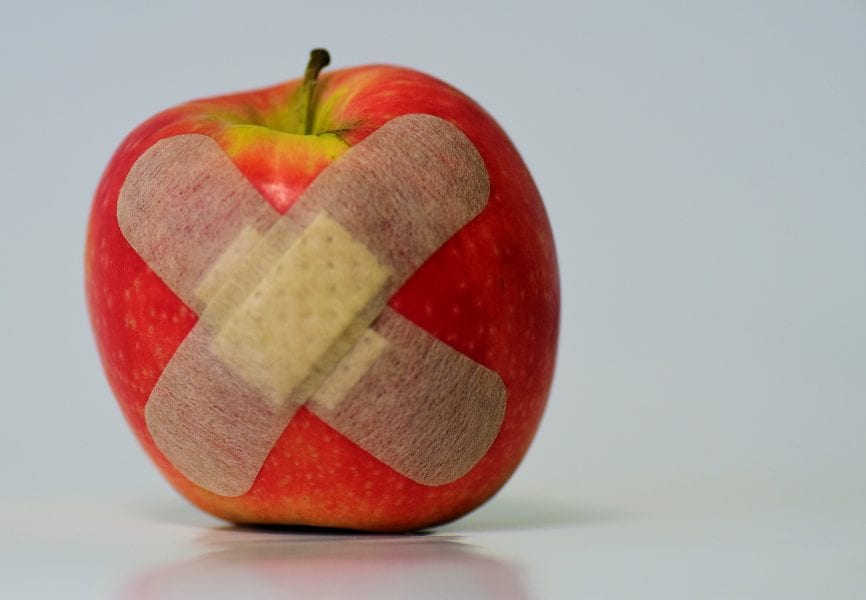
The new self-healing hydrogel can recover its functionalities after being cut, without external stimuli.